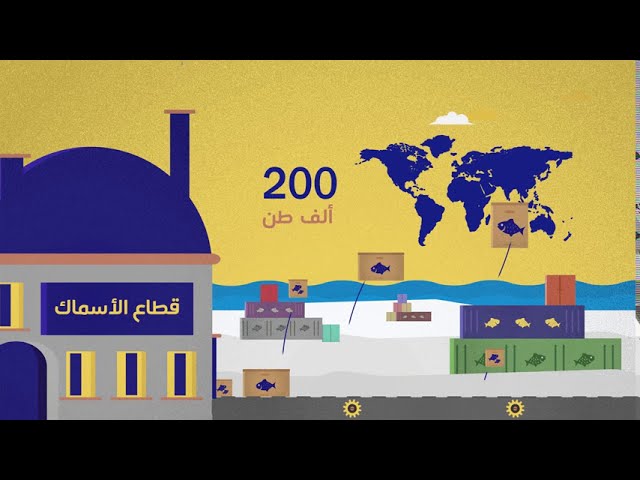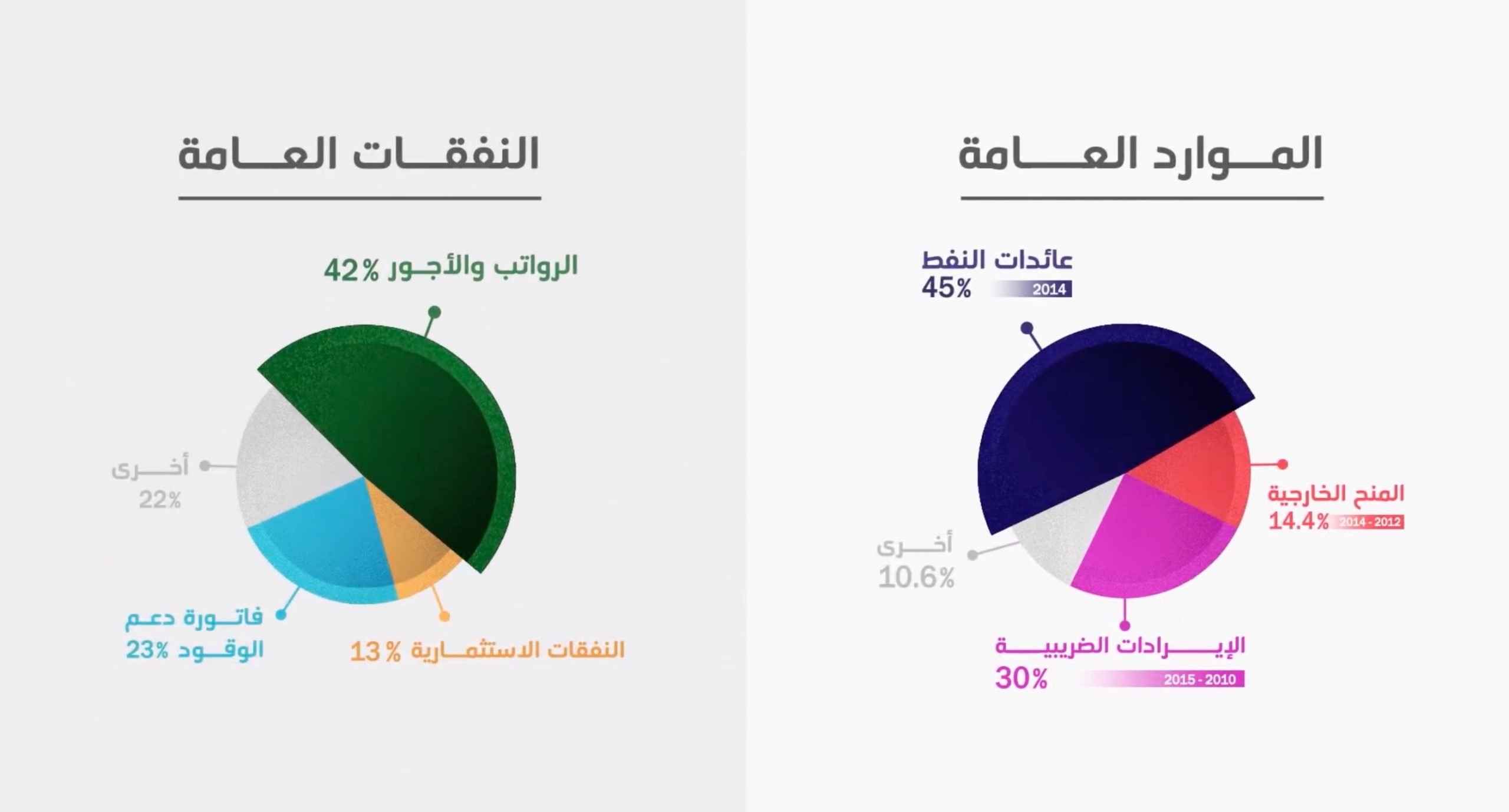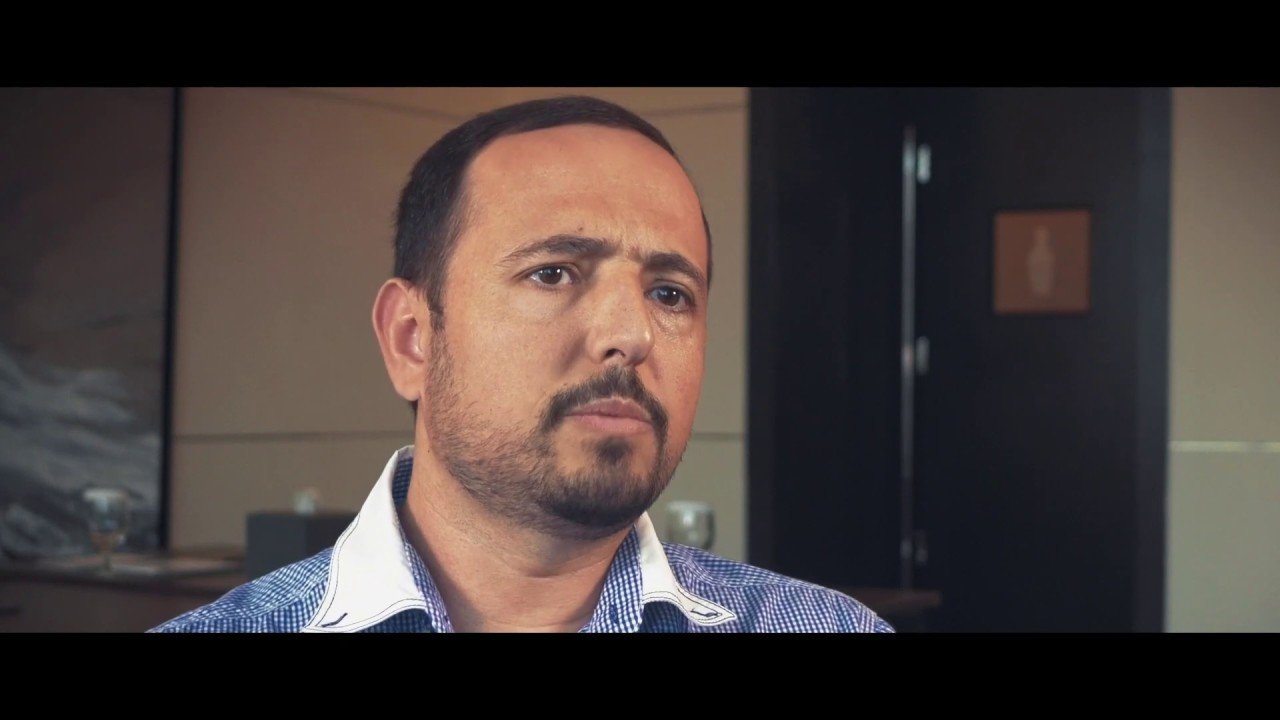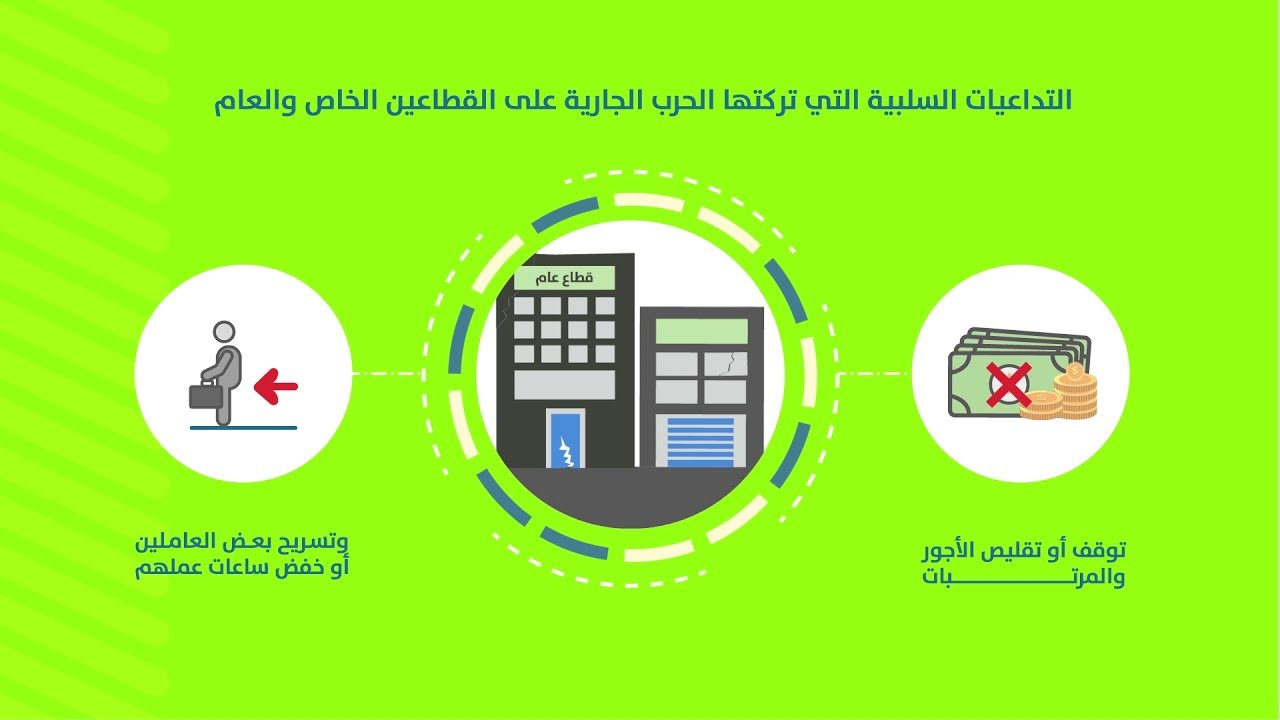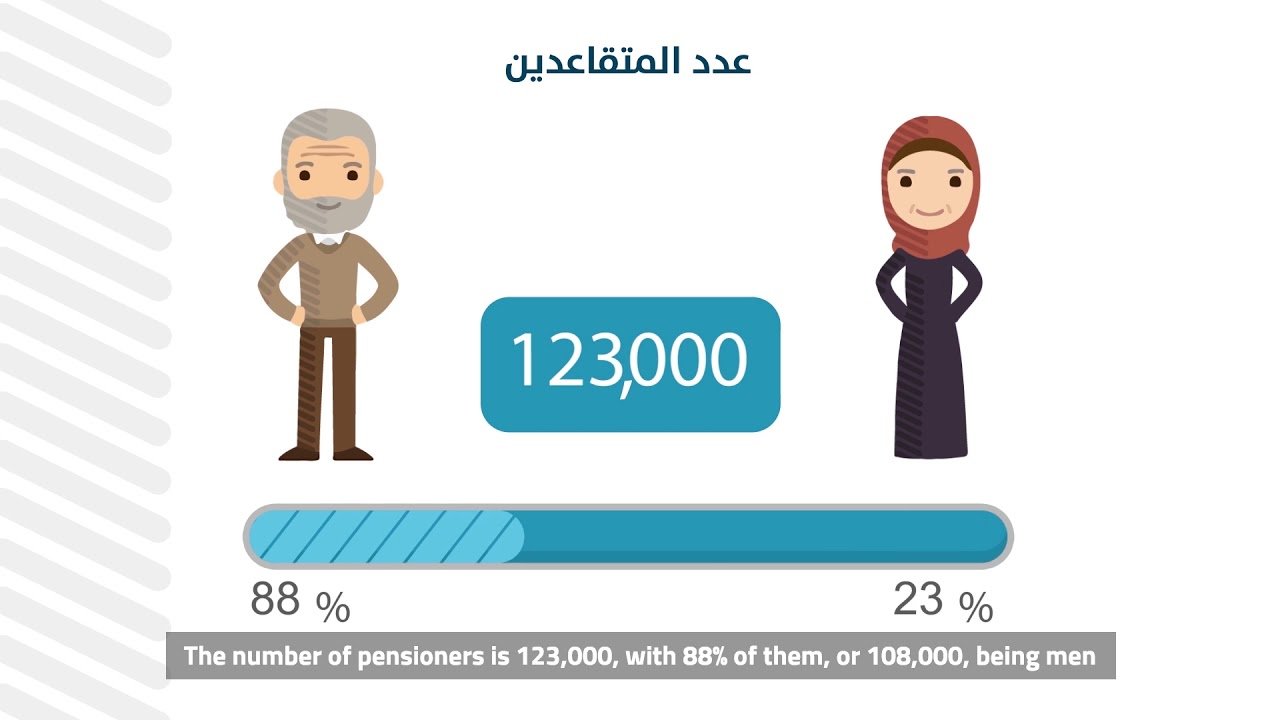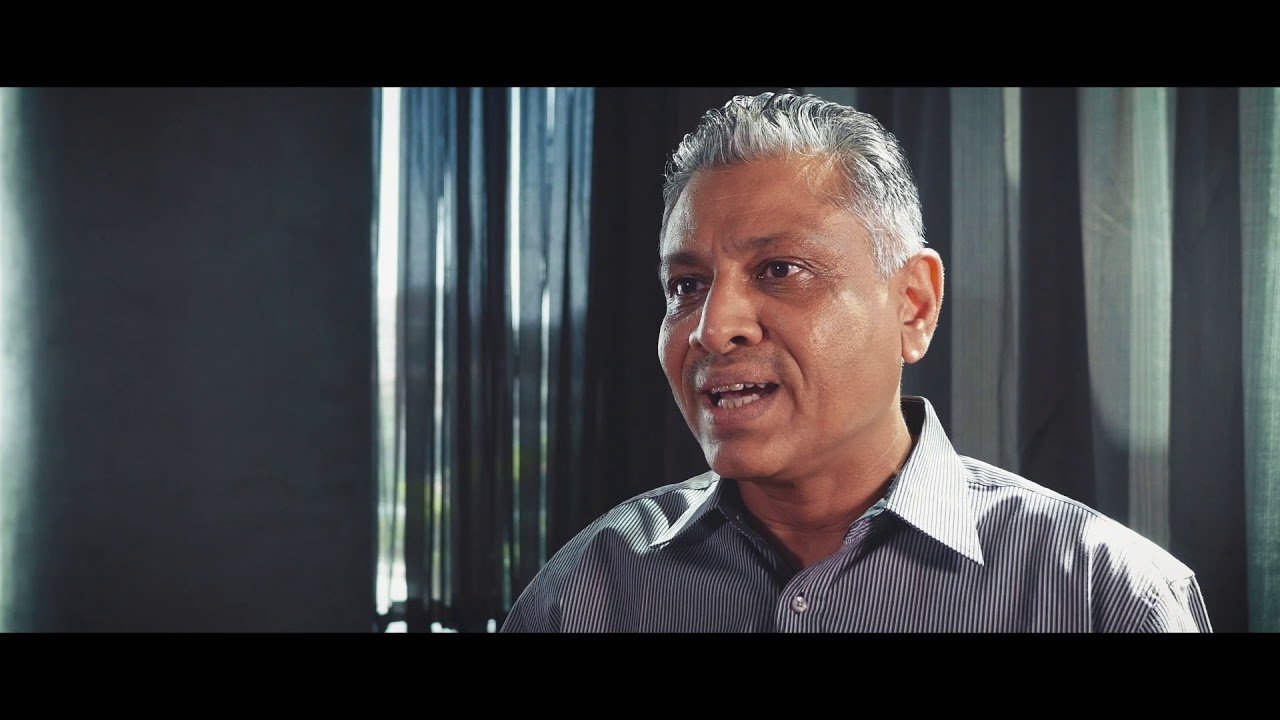The Development Champions Forum stresses that the sustainability of a peace agreement in Yemen will, amongst others, depend on two critical insights: First, in a conflict that is largely over access to resources, the issues of distribution and control of those resources can make or break peace. Second, where peace agreements lack provisions that create overall economic stability, warfare can resume during the fragile implementation period. This infographic summarizes the Development Champions’ key recommendations on economic provisions that need to be included in the peace agreement.
This infographic is based on RYE Policy Brief 20.



